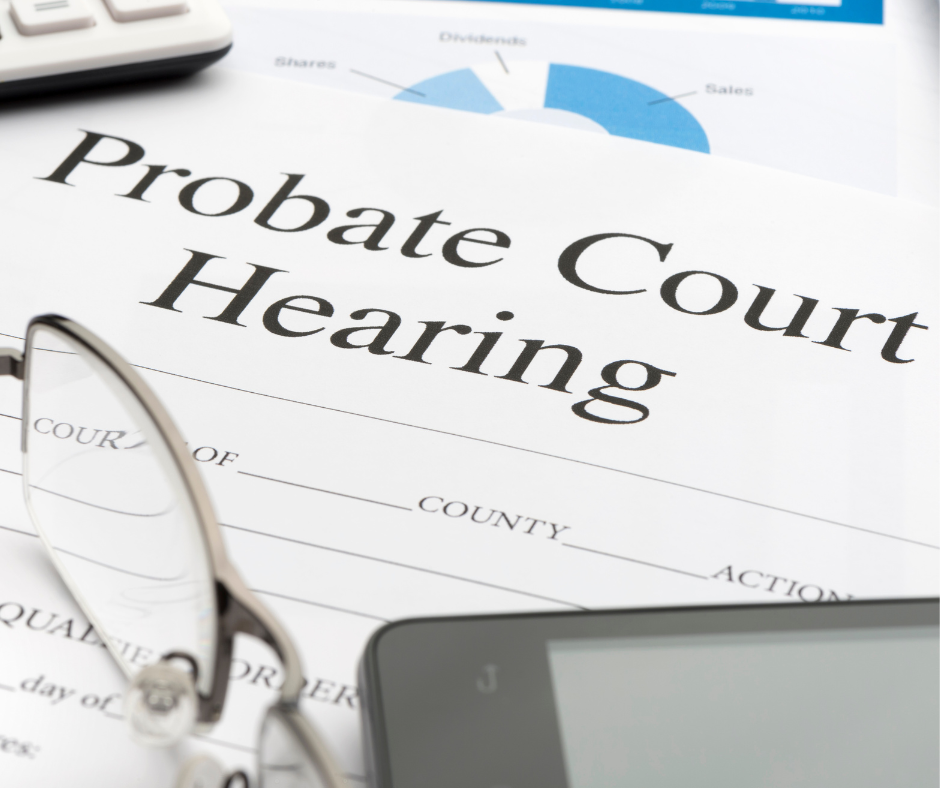Estate Planning Issues for Blended Families
With the divorce rate in the United States approaching 50%, estate planning for blended families is a big part of any estate planning practice.
It is common for spouses to have separate children from prior marriages. Most people want to ensure their children receive at least a portion of their assets after death. One concern, and an issue that frequently arises, is the children’s relationship with the surviving stepparent after the death of the biological parent. As an estate planner, it is important to toe the line between overly restricting the surviving spouse’s access to assets and risking effective disinheritance of a deceased spouse’s children.
If there are enough assets between the spouses, one solution is to have separate revocable trusts with separate terms for each grantor spouse. Each spouse takes care of their respective children through their trust. However, many clients want the surviving spouse to have access to their assets after they die while also ensuring that their children benefit from those same assets. To provide access to a surviving spouse while minimizing the risk that a client’s children receive nothing (or less than the client desires) after death, separate shares can be created that have different access restrictions. One share would go into a Family Trust, which is more restrictive and designed to be a last resort for the surviving spouse. The other share can either go outright to the surviving spouse or remain in a Marital Trust, which generally has minimal restrictions, if any. Suppose the surviving spouse has significant assets, and there is a prenuptial agreement in place (i.e., the surviving spouse has waived the elective share). In that case, the grantor spouse may altogether bypass the marital share and create a Family Trust.
The Family Trust should have an independent trustee. This trust generally distributes net income to the beneficiary spouse for tax purposes (does not have to) and distributions of principal for the surviving spouse’s health, education, maintenance, and support in reasonable comfort (HEMS). The trust should also provide that no distributions of principal should be made unless the surviving spouse has no other source of income or liquid assets at their disposal. If the estate plan fits the clients, there should generally be no need for the surviving spouse to withdraw principal from the Family Trust. This promotes appreciation of the assets in the Family Trust and allows the trust to be the nest egg that the predeceased spouse intended.
There are additional ways to provide for your children in a blended family and endless considerations and situations that dictate the best action plan. Remember, it is essential to ensure the clients understand what happens after one spouse dies, what access the surviving spouse wants and/or needs, and how that fits into the cumulative estate plan. Contact Jolley Law Group for any questions regarding your estate planning.










